
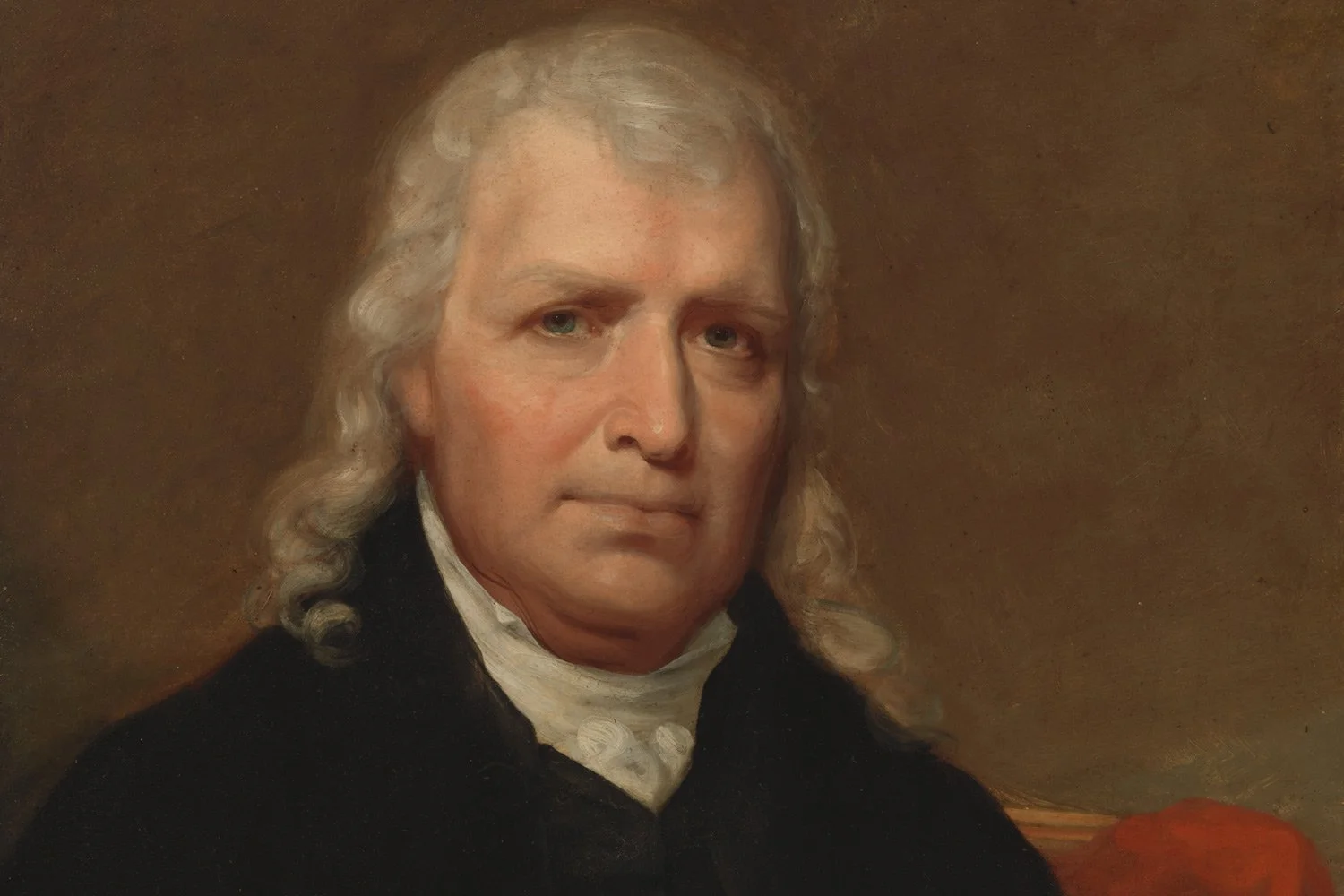
American Judiciary, Part 8: The Impeachment of Samuel Chase
There has been only one instance in our nation’s history of a United States Supreme Court Justice being impeached, and that occurred in 1804 during a significant political tussle over the independence and power of the judiciary. The justice in question was Samuel Chase and his alleged crimes seem trivial in retrospect, but Chase was simply a pawn in an ongoing battle of wills between two American icons, President Thomas Jefferson and Chief Justice John Marshall that took place in the early 1800s. And the decision reached in his case would have a profound impact on the future of the country.
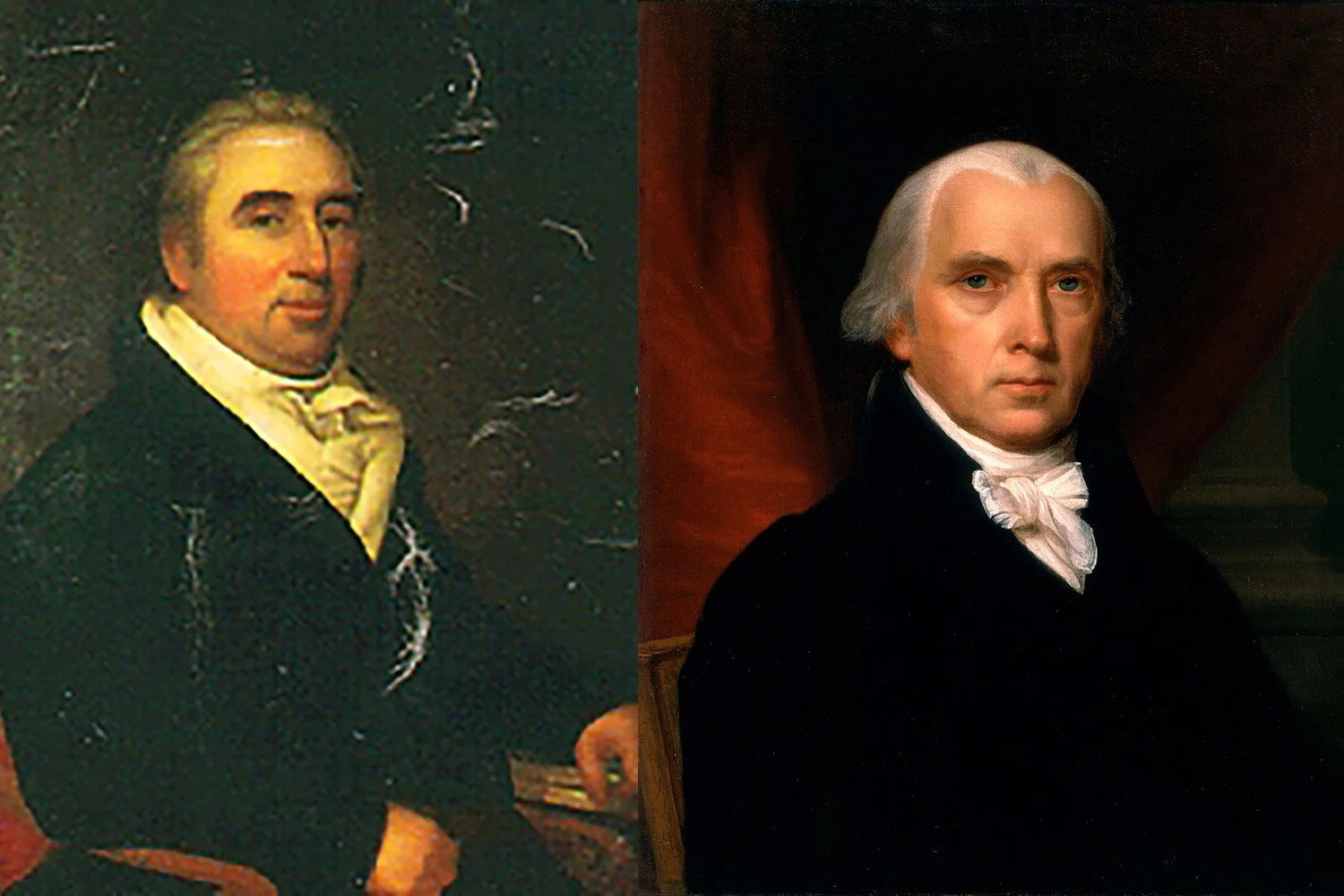
American Judiciary, Part 7: Marbury v. Madison
Marbury v Madison is the most consequential legal decision in our nation’s history because it established the concept of judicial review in the United States. This principal grants to the judiciary the responsibility to review laws for their constitutionality and gives it the power to void legislation it finds repugnant to the Constitution. That decision was rendered by John Marshall, Chief Justice of the Supreme Court in 1803, but the road to that decision extends further back.
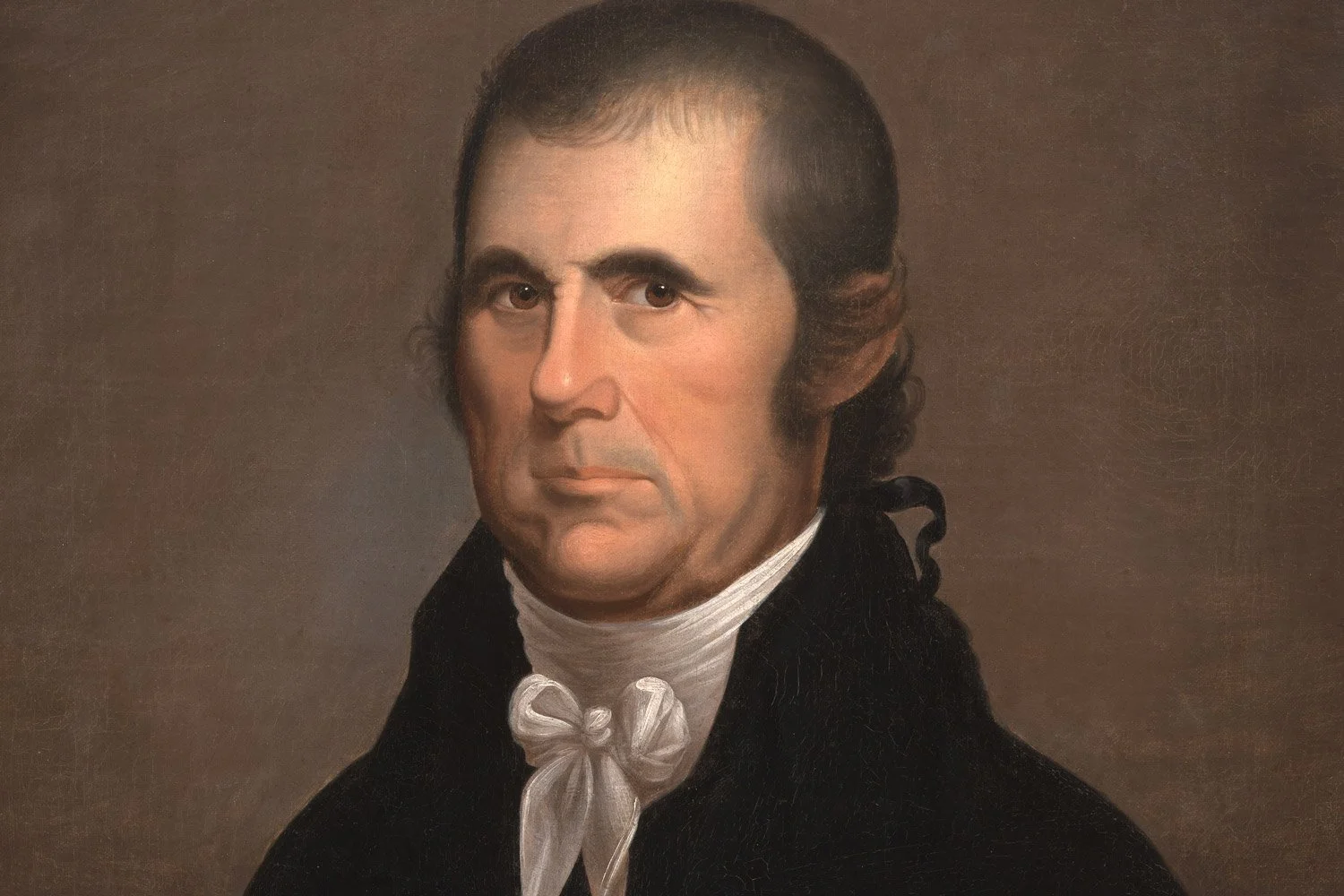
American Judiciary, Part 6: The Nationalist from Virginia
John Marshall's active service in the Continental Army ended in December 1779, although he did not officially retire from the military until February 1781. Marshall went home to Virginia to await his next command, anxious to get back into the fight, but that call never came as the war in the north wound down.
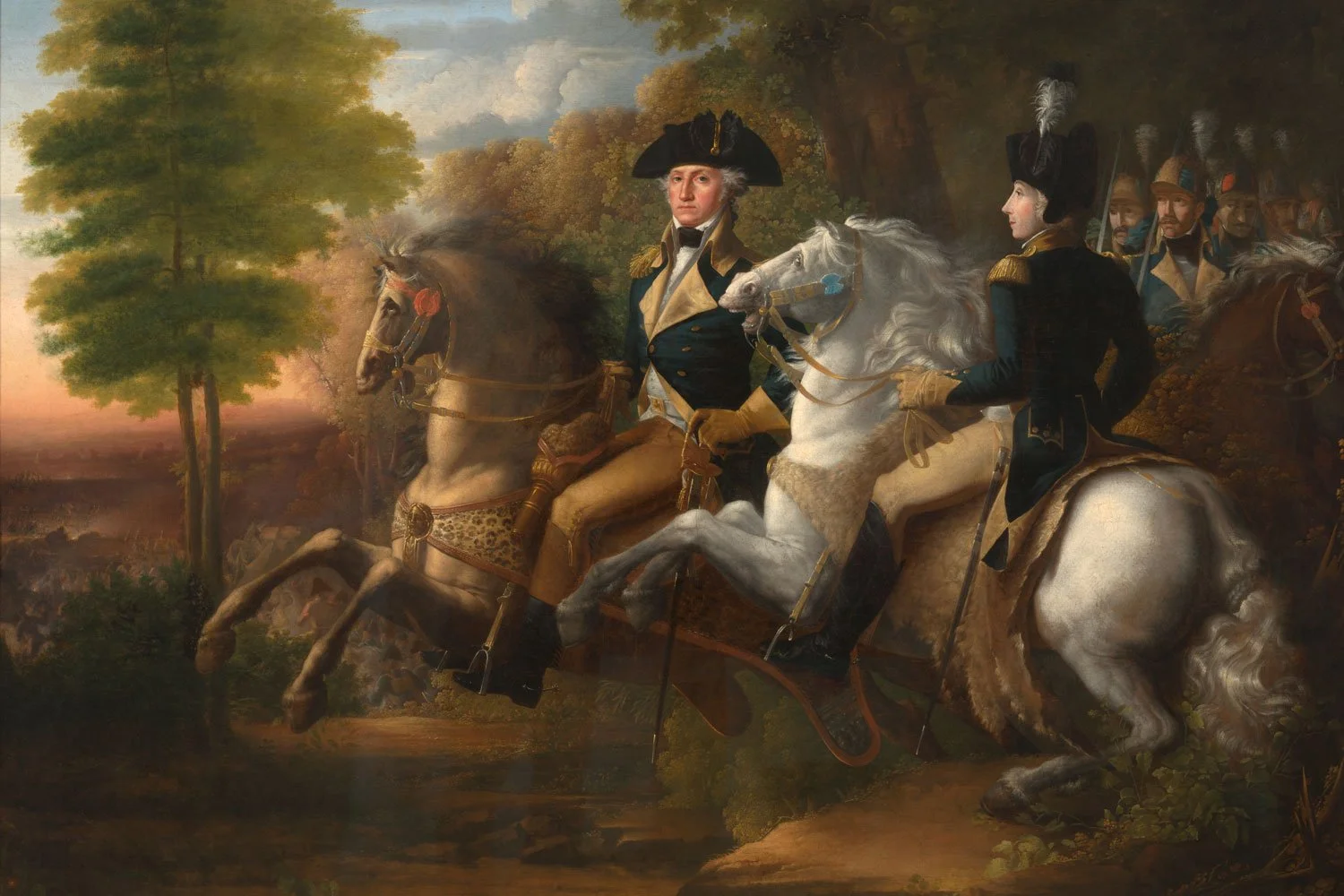
American Judiciary, Part 5: John Marshall, Soldier of the Revolution
In early December 1775, Major Thomas Marshall and his son, Lieutenant John Marshall, and the rest of the Culpepper Minutemen were ordered to join Colonel William Woodford at Great Bridge, a small village nine miles south of Norfolk. Here, in the first fight of the American Revolution in Virginia, the young Lieutenant from the frontier would get his initial taste of battle.
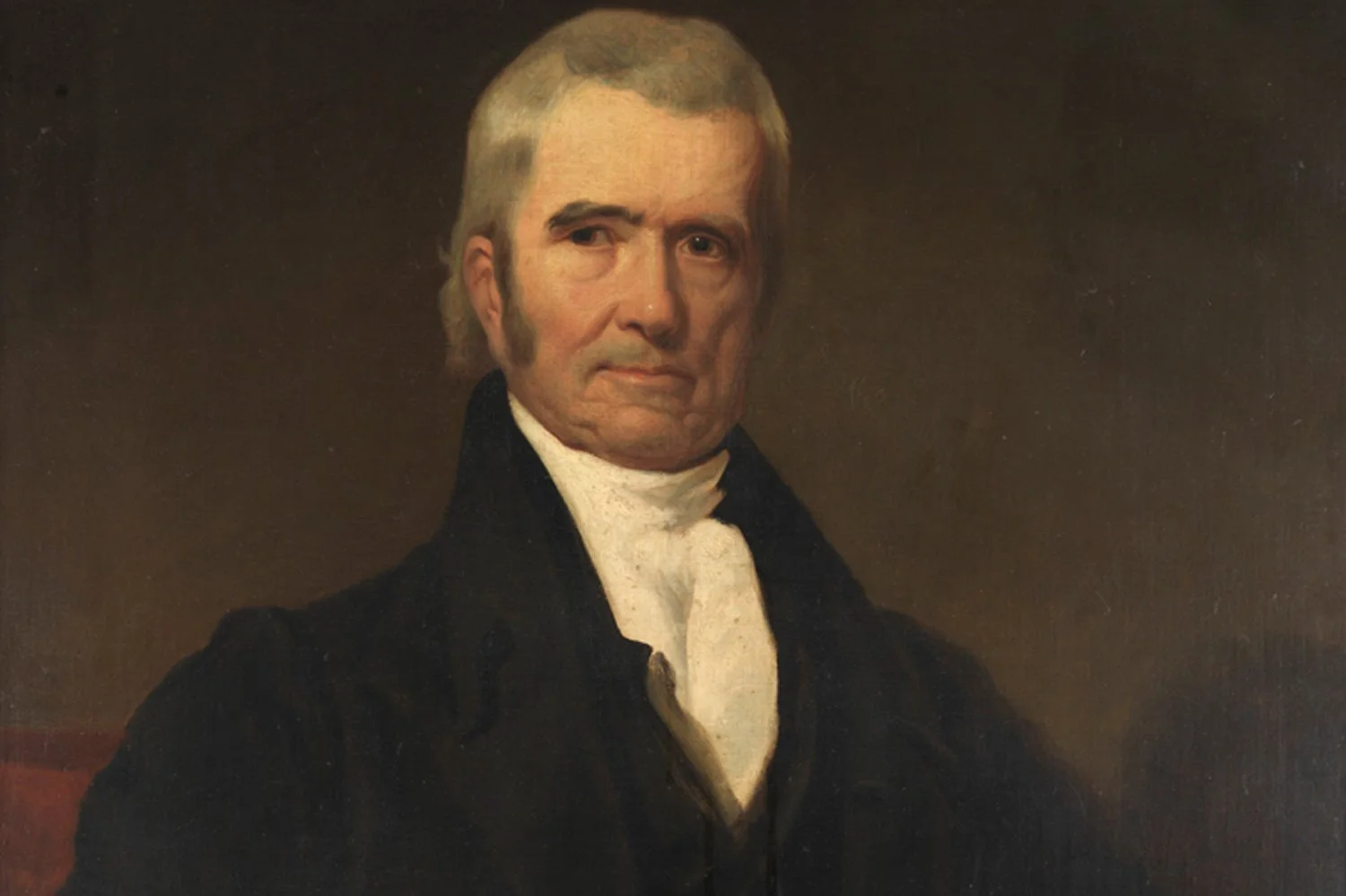
American Judiciary, Part 4: The Early Life of John Marshall
John Marshall is perhaps the most impactful and influential man in American history who was never president. Almost single handedly, John Marshall created our national judiciary and established it as a branch of government co-equal to the legislative and executive branches.

American Judiciary, Part 3: Last Bastion of the Federalists
After the Federalists were voted out of office in the fall of 1800 by Thomas Jefferson’s Democratic-Republican Party, the need for reform to the judicial system, the last stronghold of Federalist authority, became the most pressing concern of the outgoing Adams administration.

American Judiciary, Part 2: An Independent Federal Judiciary
One of the foundational governing principles of the Constitution created at the Philadelphia Convention in the summer of 1787 was a separation of powers between the national legislative, executive, and judicial branches. But while significant operating concepts and responsibilities were set forth for Congress and the Executive in the Constitution, the delegates barely addressed the specific structure of the Judicial branch.
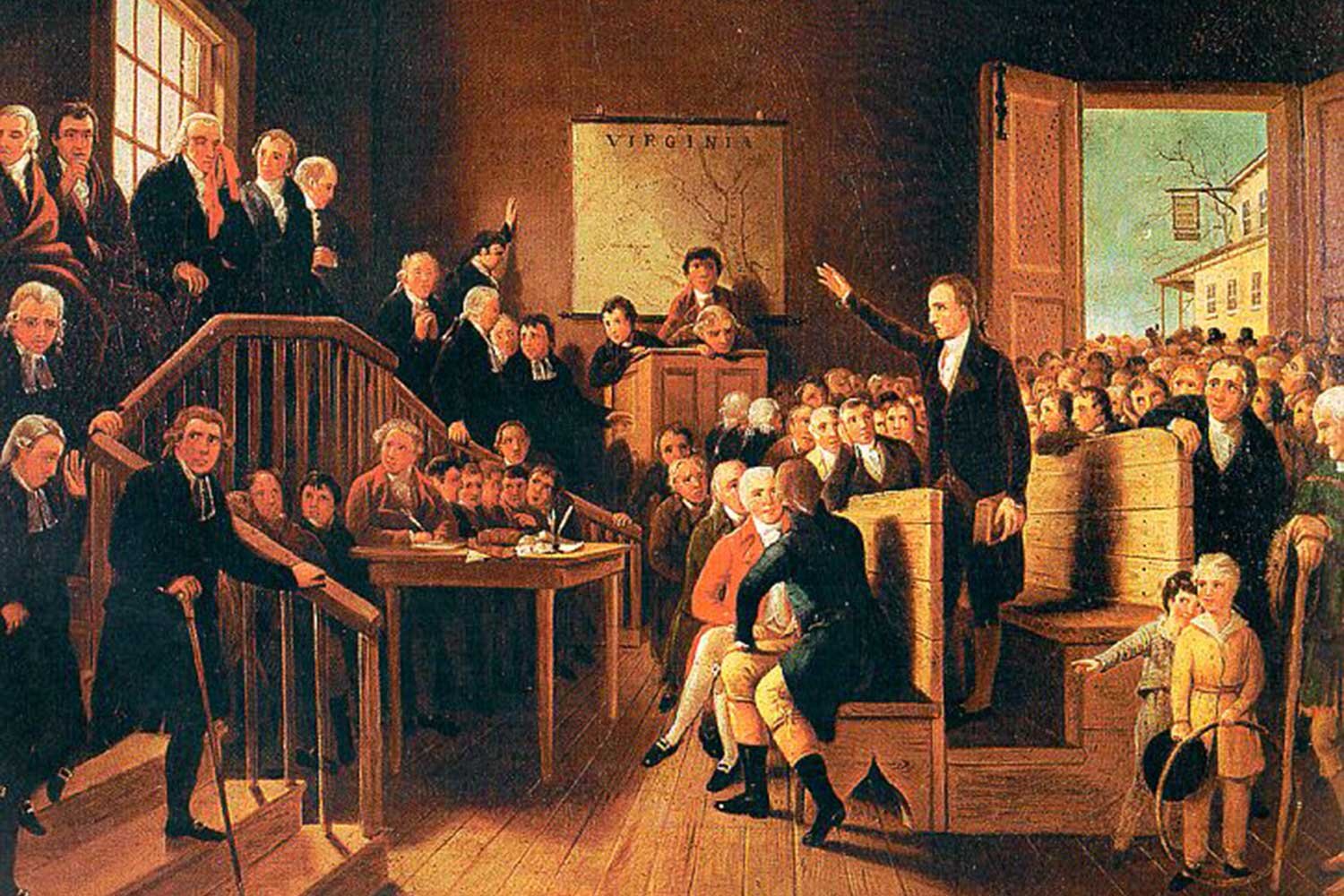
American Judiciary, Part 1: Courts in Early America
The court system in Colonial America, not surprisingly, mirrored that of Great Britain and became one of the great sources of discontent as American colonists moved towards independence. The main issue was over who would control or have the greatest influence on the judiciary.

Lewis and Clark Expedition, Part 10: Homeward Bound
Captains Meriwether Lewis and William Clark had guided the Corps of Discovery four thousand miles to the Pacific Ocean, and they planned to continue their explorations on the return leg of their journey. The plan was to temporarily split up the Corps with Clark taking one group to descend and explore the Yellowstone to its junction with the Missouri, Sergeant Ordway leading another party to the Falls of the Missouri and there make preparations to portage the Falls, while Lewis was to lead a third group up the Marias River and determine its northern most latitude to further establish the boundaries of the Louisiana Purchase.

Lewis and Clark Expedition, Part 9: Wintering at Fort Clatsop
The Lewis and Clark Expedition sighted the Pacific Ocean, or more specifically the Columbia River estuary, on November 7, 1805, and spent the next month exploring the area and searching for a suitable location to build a fort for the coming winter. It was a wretched month, one of the worst of the entire journey, as the constant rain soaked the men and their equipment. But despite the conditions, the men felt a growing sense of pride as they considered their incredible accomplishments since leaving St. Louis in May 1804.

Lewis and Clark Expedition, Part 8: “Ocian in View! O! the joy!”
The Lewis and Clark Expedition had been traveling almost straight west and upstream since leaving the Mandan villages in early April 1805. They had safely made it to the west side of the Continental Divide, a great accomplishment, and now would be floating downstream on the western river system that would lead them to the Pacific Ocean.

Lewis and Clark Expedition, Part 7: Crossing the Great Divide
Upon leaving the Great Falls of the Missouri on July 15, 1805, the Lewis and Clark expedition began to search in earnest for the Shoshone from whom they hoped to purchase horses for their journey over the Rockies. The next day, Lewis identified an abandoned but recent Shoshone camp with a wickiup and signs of numerous horses, but the Indians remained elusive. The captains decided to split up and have Clark take a detachment ahead while Lewis brought up the boats and the rest of the Corps.




